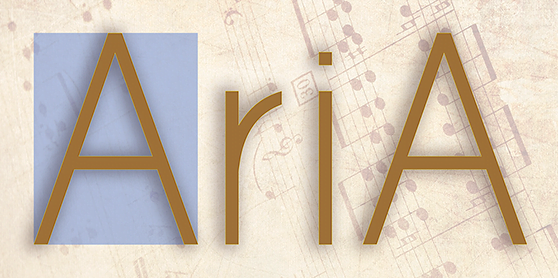Of the five senses, sight is the most important. This is why the structure of the human eye is the most complex. In fact, it is what we see that underpins most of our conscious movements and actions, and it is no coincidence that the parts of the brain dedicated to sight are much larger than those dedicated to the other senses. Let's take a look at how this works.
Vision is so important that in the course of evolution, humans have lost some genes for perceiving odours, swapping them with others that make vision more efficient and accurate.
The baby is born almost blind, and it is only after a few weeks that it gradually experiences the formation of the senses that will allow it to perceive the world around it. He recognises the outlines of shapes, then follows a moving object, but it is not until 8 months of age that he has full control of the muscles that move his eyes. Colour recognition will not be complete until he is three years old.

The amazing workings of our eyesight
When an infant is only a few weeks old, he can rarely focus on any object, and one of the first images that come clearly to his eyes is the face of his mother breastfeeding.
The journey an image takes before we can see it resembles a merry-go-round: it enters the eye, then flips over, disintegrates into a thousand pieces and finally enters the brain, where cells and neurons put it back together like a complex puzzle. Let's see how...
Everything we see is born from rays of light that enter the eye, pass through the cornea and lens and reach the retina. Let's break down this process point by point to better understand human vision!
The structure of the human eye and its characteristics
CORNEA
This is the outer part of the eye, a transparent membrane that is oxygenated by contact with air and protected by tears. This is where the image gets its first focus.
THE PUPILLA
The black dot in the centre of the eye, it works like a camera iris: together with the iris (the coloured circle that surrounds it) it expands to let in more light in dark situations, and narrows if it is too bright.
THE CRYSTALLINE
The image then enters the lens, which resembles a real lens and is able to change its curvature by the ciliary muscles, thus changing its focus depending on the distance to the object in question: the closer the object we are looking at, the more effort the lens exerts.
That's why, for example, spending too much time in front of a computer can lead to myopia and force us to wear glasses.
THE RETINA
It is on the retina, the sensitive membrane at the back of the eye, that the image as we see it is formed after inversion by the lens. The retina is made up of cones and rods, millions of cells that convert light stimuli into nerve signals. It is the cones that allow us to see an image clearly and perceive its colours.
Wands, on the other hand, perform an auxiliary function, correcting the image in low light conditions, for example in a dark room or when we walk down a dimly lit street in the evening.
OPTIC NERVE
After decoding on the retina, the image reaches the optic nerve, which uses neurons to transmit stimuli to an area of the brain called the diencephalon. Here, the stimuli are distributed to different areas of the cortex, where one of them, called area 17, is the final stage of vision: it is located in the occipital lobe, at the back of the head.
EYELIDS
It is vital that the front surface of the eyeball, the cornea, remains moist. This is achieved thanks to the eyelids, which regularly clean the secretions of the lacrimal system and other glands over the surface while awake, and during sleep cover the eye and prevent evaporation. The eyelids have the additional function of preventing injury from foreign bodies through the blink reflex. The eyelids are folds of tissue that cover the front of the orbit and, when the eye is open, leave an almond-shaped opening.
The points of the almond-shaped opening are called canths; the point closest to the nose is the inner canth and the other is the outer canth. The eyelid can be divided into four layers: (1) the skin, containing the glands that extend to the surface of the eyelid margin, and the eyelashes; (2) the muscular layer, containing mainly the circular muscle responsible for closing the eyelid; (3) the fibrous layer that gives the eyelid mechanical stability; its main parts are the tarsal plates, which border directly on the opening between the eyelids, called the palpebral opening; and (4) the innermost layer of the eyelid, part of the conjunctiva. The conjunctiva is the mucous membrane that serves to anchor the eyeball to the orbit and eyelids, but allows a significant degree of rotation of the eyeball in the orbit.
Of course, what is described here is very scarce information, in reality it is much more complicated and sometimes it seems that the device of our vision is just a miracle. And it's a miracle that we use every fraction of a second of our lives.


 and then
and then 
